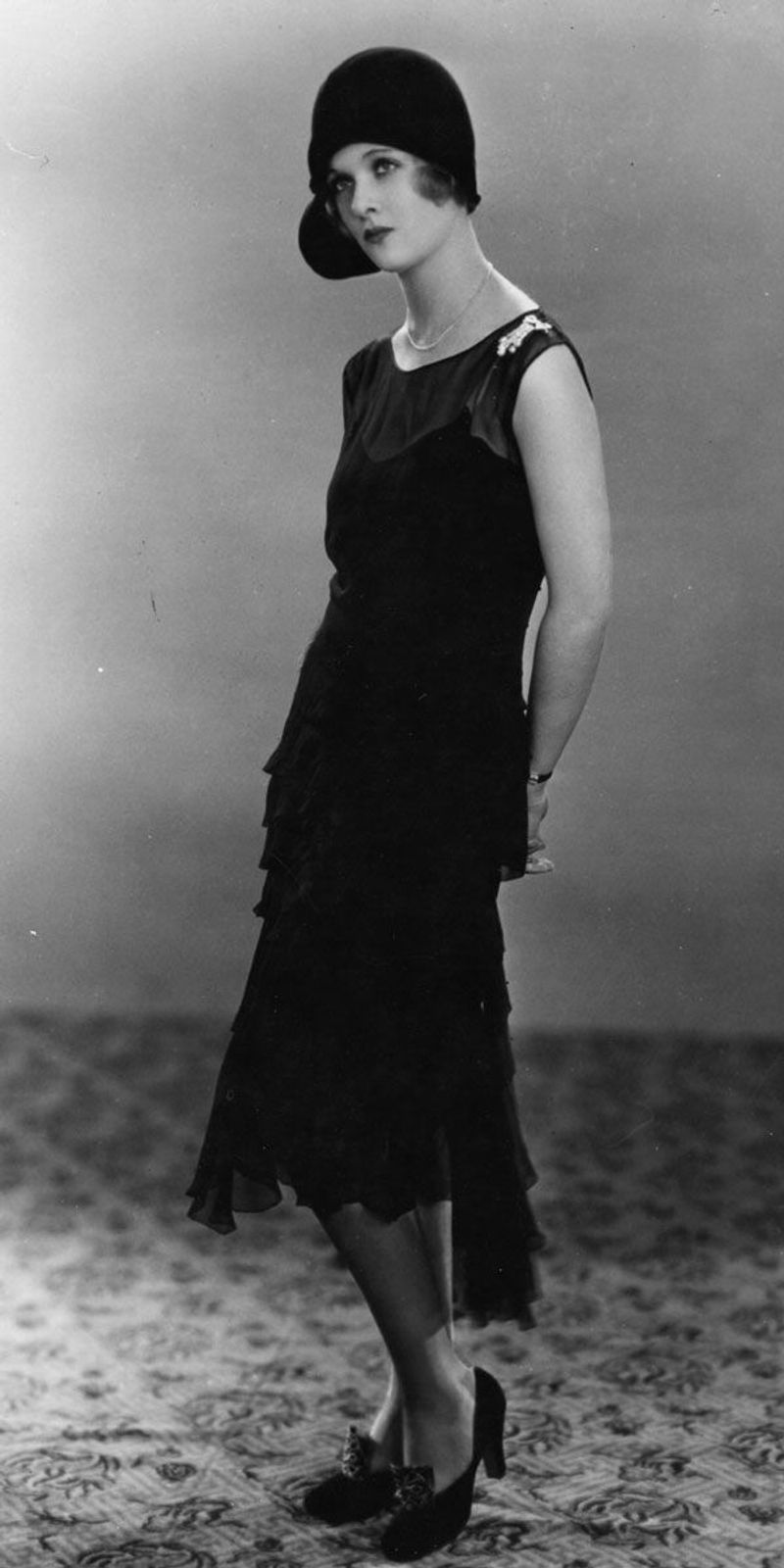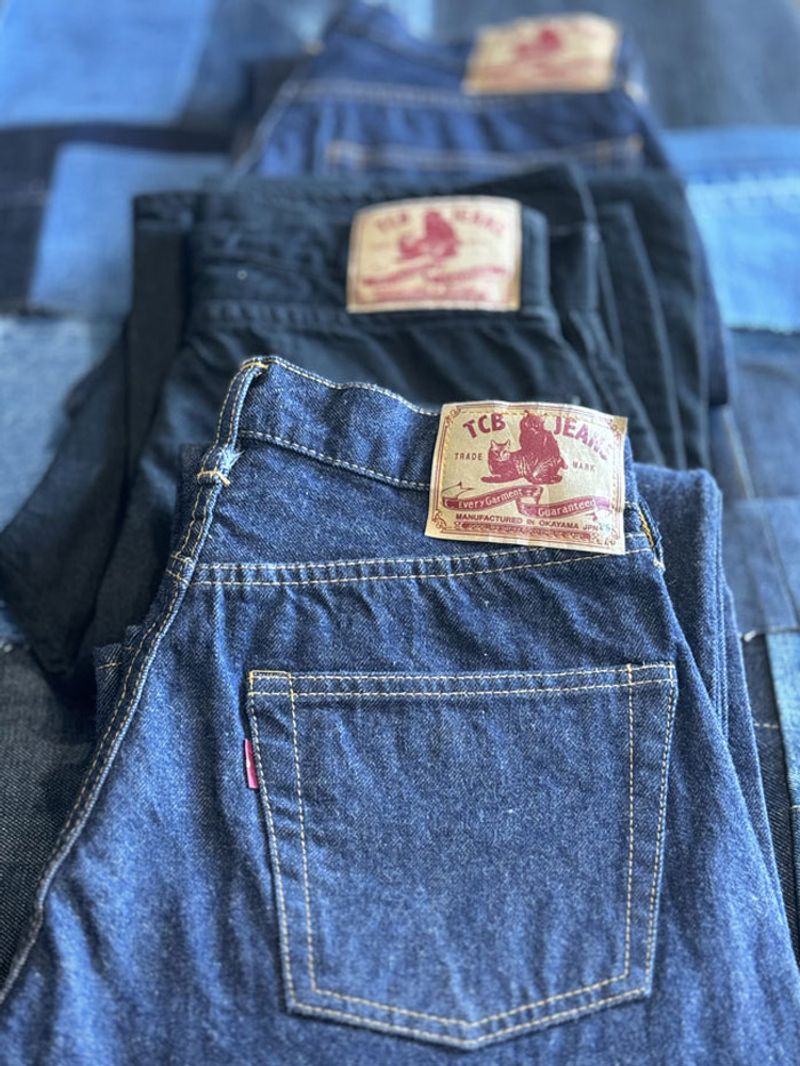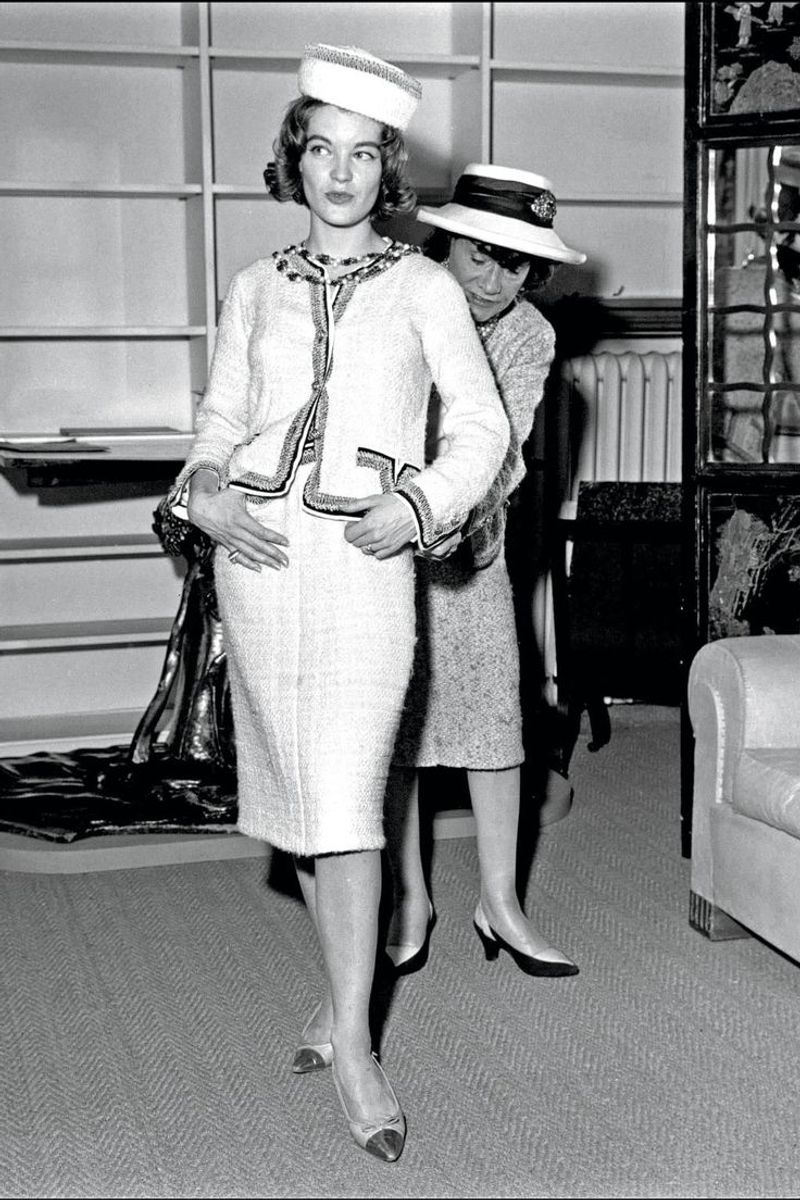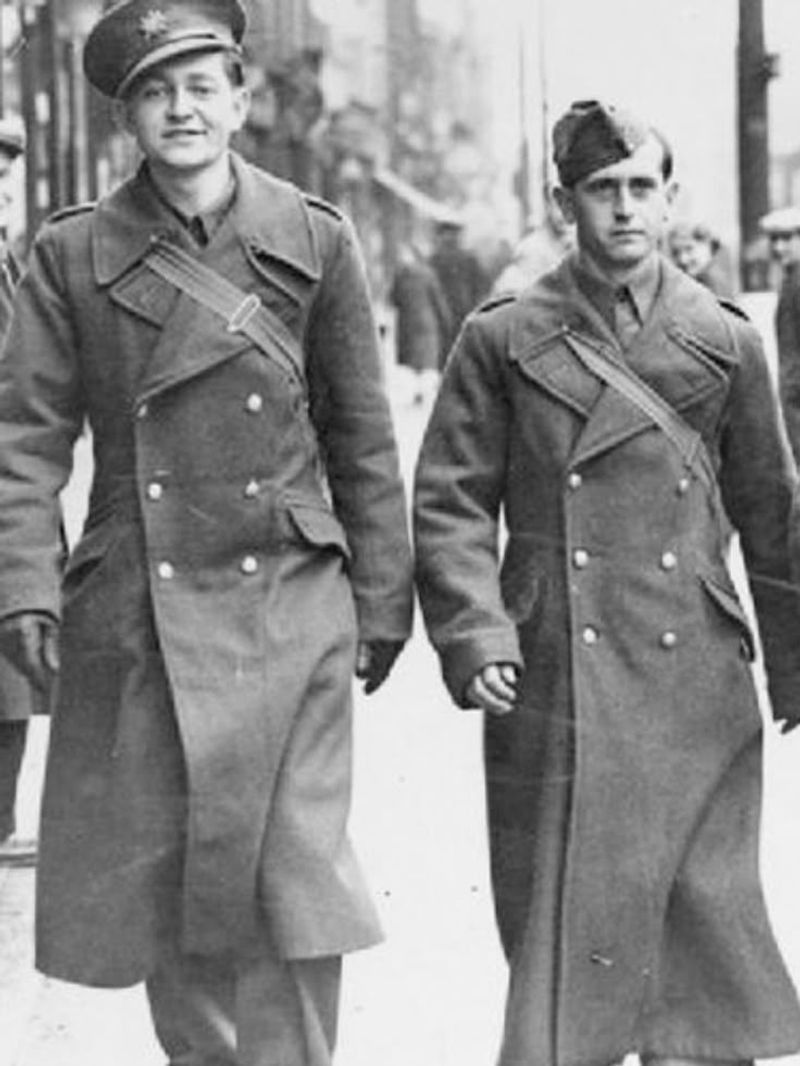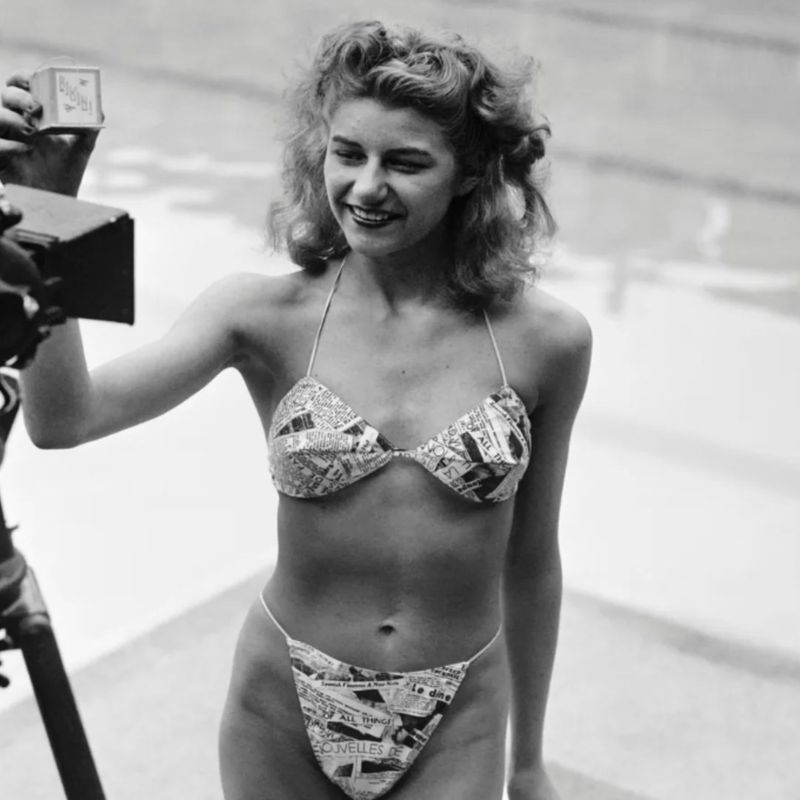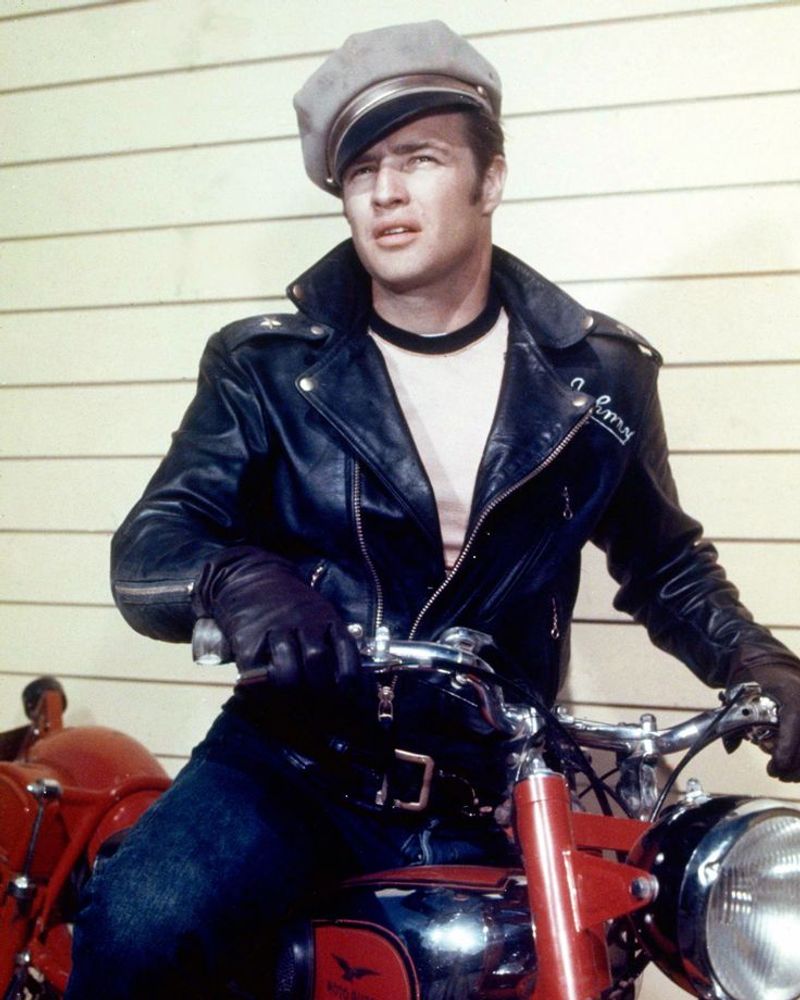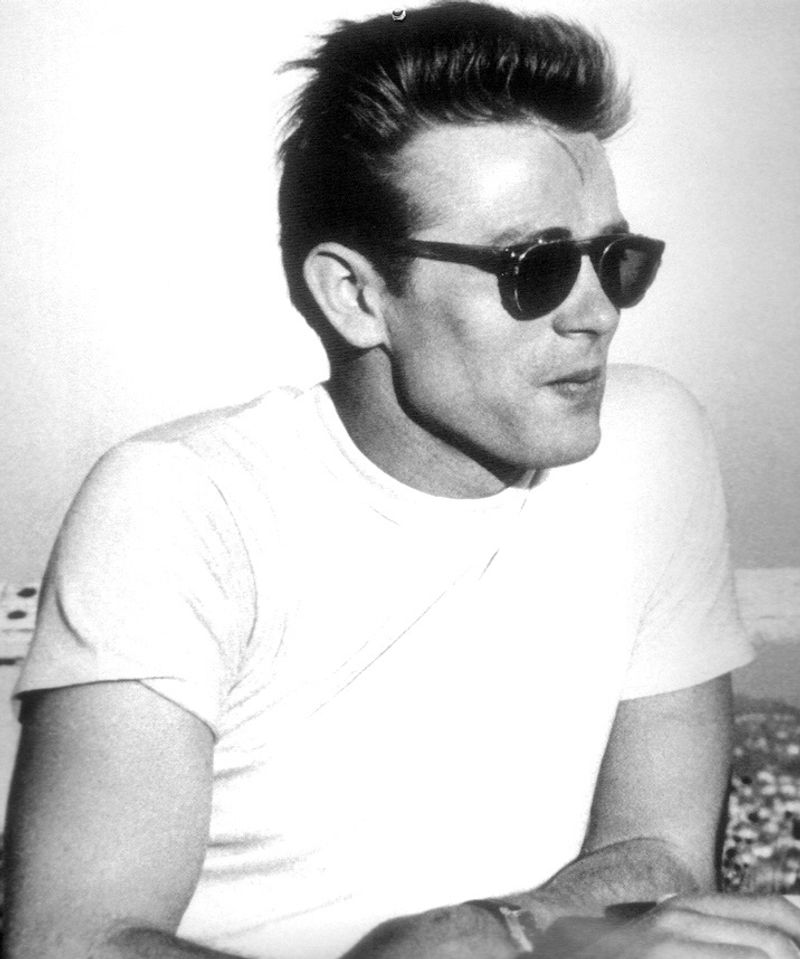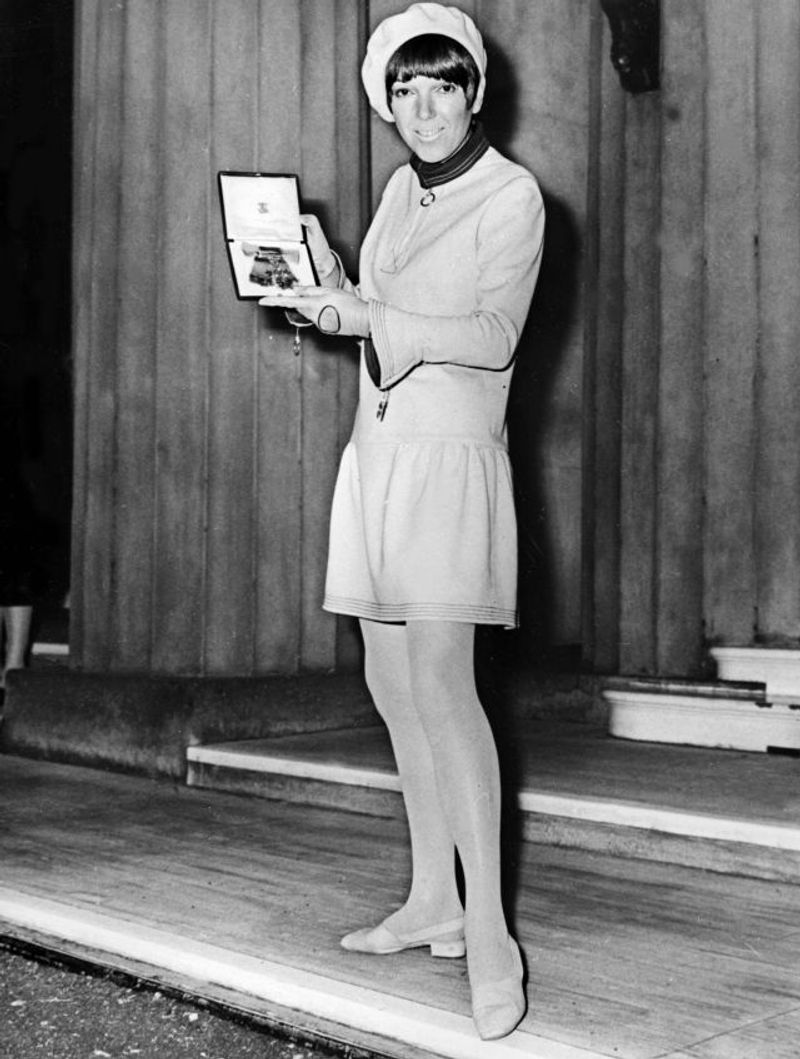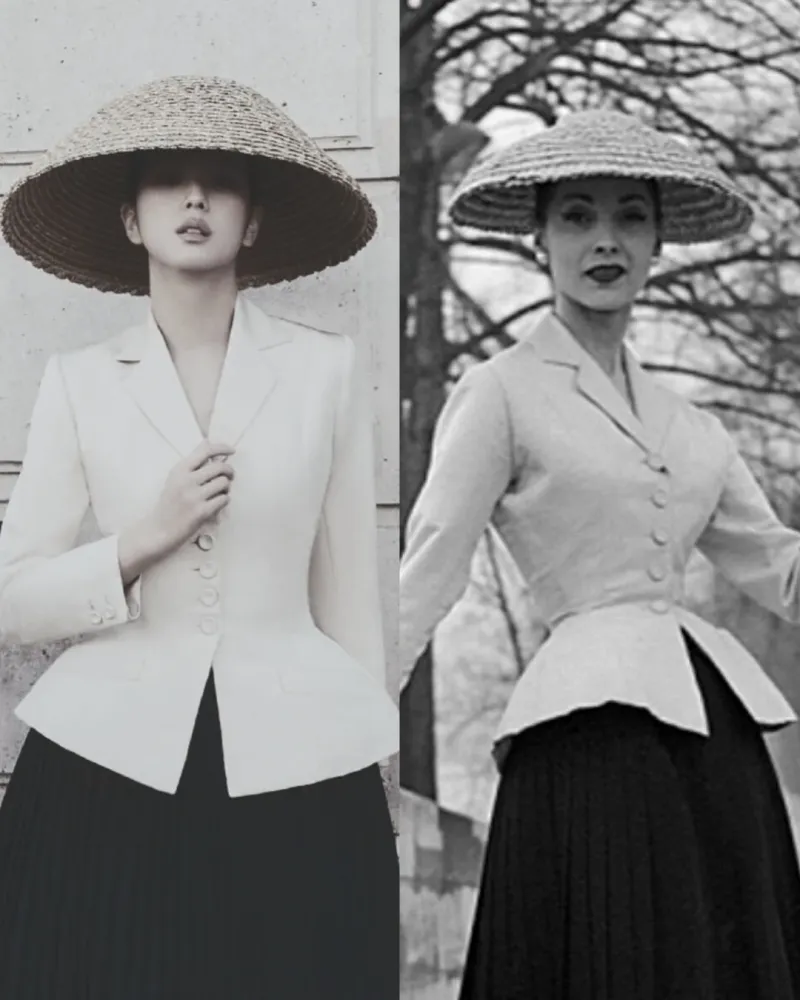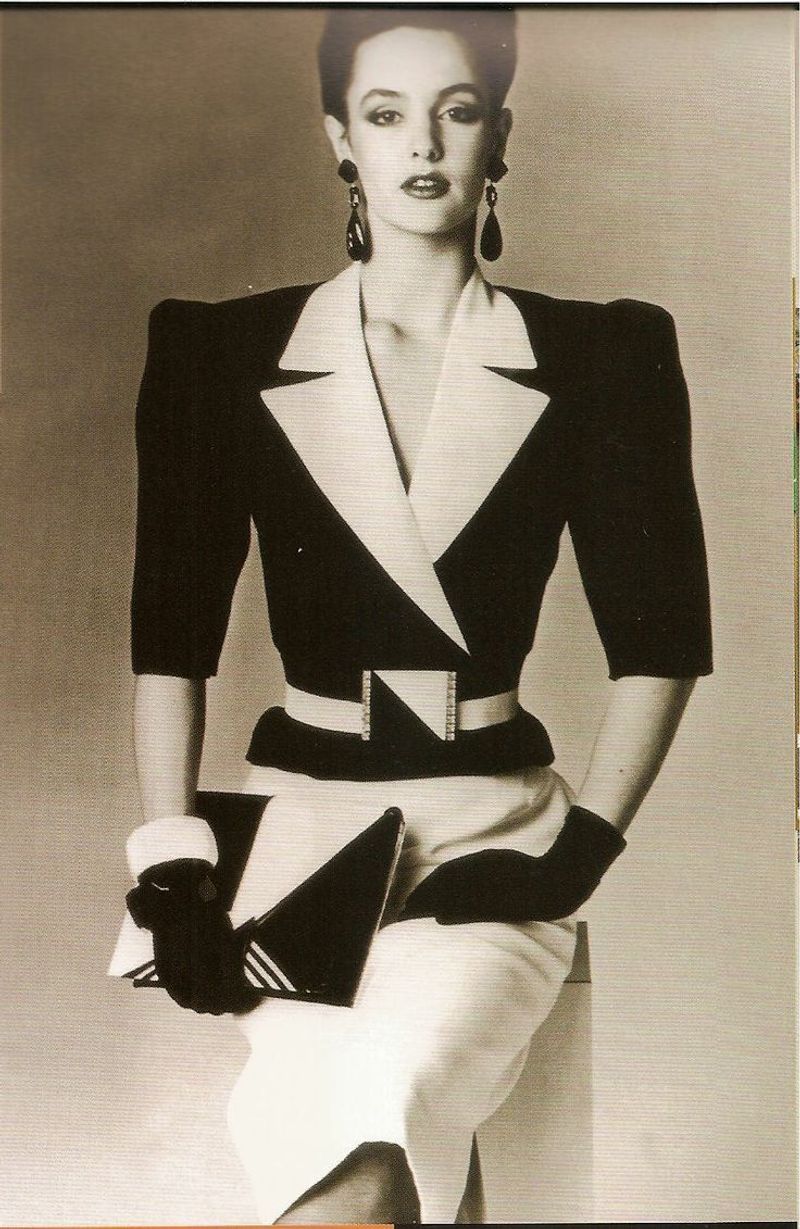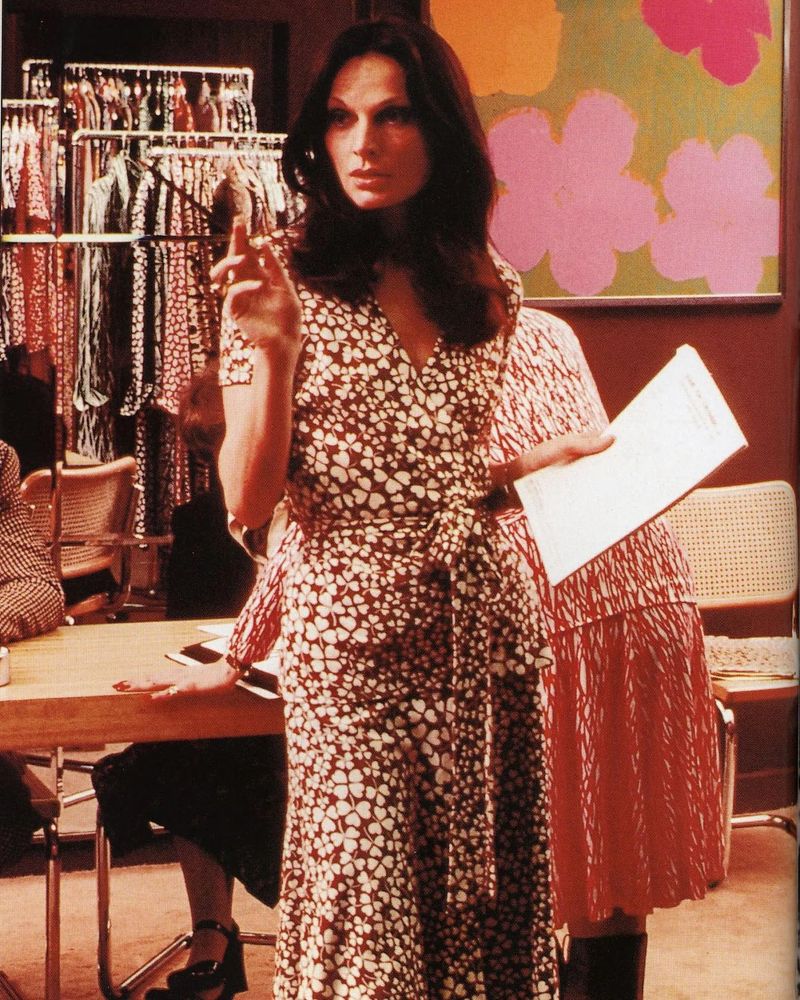Top 11 Fashion Pieces That Changed History
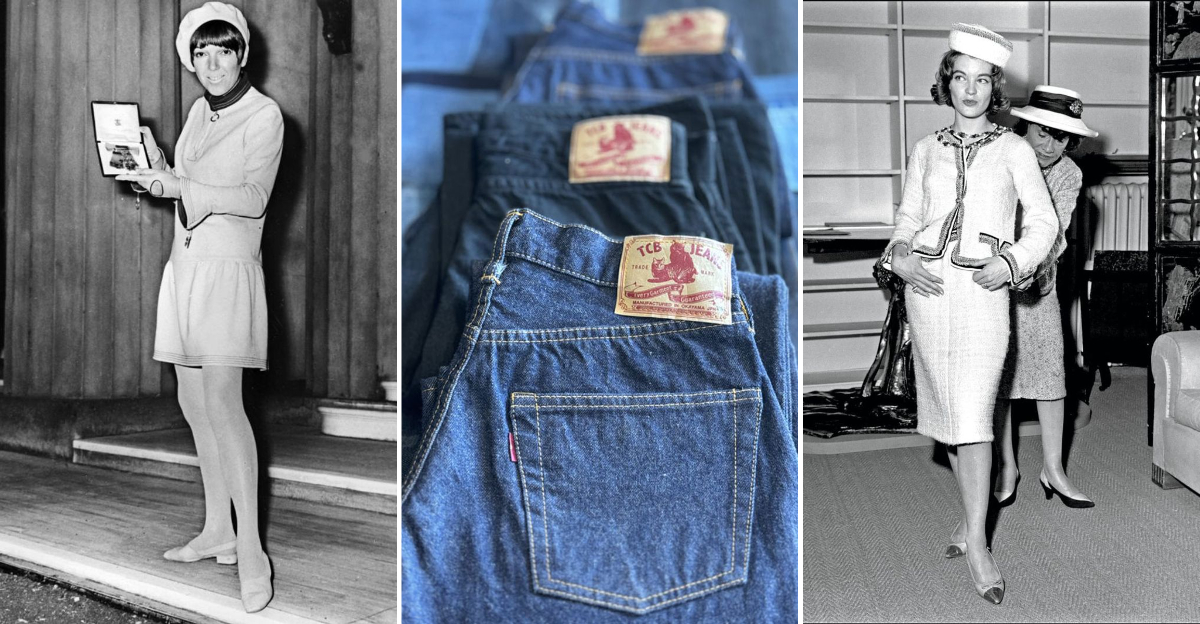
Fashion isn’t just about looking good—it’s a silent storyteller of our times.
Throughout history, certain garments have done more than cover our bodies; they’ve sparked revolutions, broken gender norms, and become symbols of cultural shifts.
I’ve always been fascinated by how a simple piece of clothing can challenge the status quo and rewrite social rules.
These 11 fashion items didn’t just hang in closets—they changed how we see ourselves and each other forever.
1. The Little Black Dress
Before Coco Chanel unveiled her simple black dress in 1926, black was strictly for mourning. I remember learning this and being shocked—imagine a world without this wardrobe staple! Chanel transformed this somber color into the epitome of elegance.
The LBD democratized fashion by offering women of all classes a versatile, affordable option that looked expensive. It erased visible class distinctions through its simplicity.
What makes the little black dress revolutionary isn’t its design but its attitude. It told women they could be both practical and chic, modest and alluring. Nearly a century later, we still reach for it when nothing else feels right—proof that true revolution can come in the most unassuming package.
2. Blue Jeans
Levi Strauss never imagined his sturdy work pants would become the universal symbol of American casual style. Created for gold miners in 1873, these copper-riveted denim trousers were built to withstand the harsh conditions of frontier life.
The genius was in their durability and democratic appeal. From James Dean to civil rights activists, jeans became clothing for rebels with a cause. I’ve watched them transform from workwear to high fashion and back again countless times.
Jeans crossed every boundary—gender, class, geography. They’re perhaps the only garment equally at home on ranch hands and runway models. When teens adopted them in the 1950s, parents panicked about their rebellious connotations. Now grandparents wear them too. No other garment has so completely transcended its origins.
3. The Chanel Suit
When Gabrielle “Coco” Chanel introduced her tweed suit in the 1920s, women were still breaking free from corsets. Her revolutionary design borrowed from menswear—straight lines, practical pockets, and quality fabrics that moved with the body.
The suit’s brilliance lay in its contradiction: masculine-inspired yet undeniably feminine. Jackie Kennedy wore her pink Chanel suit on that fateful day in Dallas, cementing its place in history beyond fashion.
I find it remarkable how this outfit symbolized female empowerment long before the term existed. It dressed the first wave of professional women entering offices and boardrooms. With its collarless jacket and A-line skirt, the Chanel suit wasn’t just clothing—it was armor for women stepping into previously male-dominated spaces, offering confidence without sacrificing femininity.
4. The Trench Coat
Born in the muddy trenches of World War I, this military garment made the ultimate civilian crossover. Thomas Burberry developed the gabardine fabric for British officers, creating a waterproof coat that protected against rain and wind while allowing freedom of movement.
After the war, returning soldiers brought these practical coats home. Hollywood cemented its mystique—Humphrey Bogart’s trench in Casablanca transformed it from military gear to film noir essential.
The trench coat fascinates me because it’s simultaneously practical and romantic. Its epaulets, storm flaps, and D-rings once served battlefield functions but now provide its distinctive silhouette. Men and women alike adopt it, each making it their own. Few garments manage this dual existence—carrying the weight of history while remaining perpetually modern and mysteriously alluring.
5. The Revolutionary Bikini
Named after a nuclear testing site, the bikini exploded onto beaches in 1946 with appropriate force. French engineer Louis Réard created it during post-war fabric rationing, but its true impact was social, not practical.
The first model had to be a nude dancer—no regular models would wear something so scandalous! When I read about this, I couldn’t help laughing at how something now so commonplace once caused such uproar.
The bikini challenged notions about modesty and female bodies. Banned in several countries, it represented women’s growing control over their own image. Its adoption tracked perfectly with sexual liberation movements. While earlier swimwear innovations had occurred, none so directly confronted social norms. The bikini didn’t just change beachwear—it helped change how society viewed women’s bodily autonomy.
6. The Rebellious Leather Jacket
Military pilots relied on leather jackets for warmth at high altitudes, but Marlon Brando transformed them into rebellion incarnate in “The Wild One” (1953). One film created a symbol that still carries weight seven decades later.
The black leather motorcycle jacket became shorthand for outsider status. Punks, rockers, and rebels of all stripes adopted it as uniform. My first leather jacket felt like putting on an attitude—suddenly I walked taller.
What makes this garment special is how it absorbs the identity of whoever wears it. From WWII heroes to counterculture icons to runway models, the leather jacket shape-shifts while maintaining its essential edge. It’s perhaps the only clothing item that simultaneously suggests danger and protection.
When women adopted it in the 1970s and 80s, they claimed its power for themselves, further cementing its status as fashion’s ultimate rebel yell.
7. The Humble White T-Shirt
Originally military-issued underwear, the white cotton T-shirt might be the most democratic garment ever created. The U.S. Navy first distributed them to sailors in 1913, but they remained hidden beneath uniforms until the 1950s.
Marlon Brando and James Dean changed everything by wearing them as outerwear in films, instantly transforming underwear into a symbol of youthful masculinity. The plain white tee became a blank canvas for self-expression when screen printing technology advanced in the 1960s.
Everyone owns one, regardless of wealth or status. I find something beautiful about this garment’s simplicity and accessibility. From Brando’s Stanley Kowalski to political campaign shirts to high-fashion runways, the T-shirt evolved from hidden undergarment to the most visible canvas for personal expression. No other clothing item spans such cultural territory.
8. The Daring Mini Skirt
Mary Quant didn’t invent short skirts, but she pushed them to revolutionary heights in 1960s London. Named after her favorite car, the Mini Cooper, these skirts shocked a society accustomed to knees being hidden.
The timing wasn’t accidental. The mini coincided perfectly with women’s liberation, the sexual revolution, and youth culture explosion. Young women claimed the right to dress for themselves, not for modesty or male approval.
The backlash was fierce—some countries banned minis outright! I’m amazed at how a simple hemline adjustment sparked such controversy. The mini wasn’t just a fashion statement but a generational one. It visually separated the old order from the new and became shorthand for the 1960s cultural revolution. Few garments have so perfectly captured their historical moment while remaining relevant decades later.
9. The Dior New Look
After years of wartime austerity and fabric rationing, Christian Dior shocked the world in 1947 with extravagant amounts of fabric. His “New Look” featured nipped waists, padded hips, and skirts requiring 20 yards of material. Women fainted at his show—literally!
The extreme femininity was a direct reaction to utilitarian wartime clothing. Some criticized it as wasteful and backward-looking, while others embraced the return to luxury and traditional gender display. The controversy fascinates me—Dior wasn’t just selling dresses but a post-war vision of womanhood. His silhouette dominated for nearly a decade, influencing everything from everyday dresses to wedding gowns.
The New Look marked fashion’s power to define historical chapters—in this case, the transition from war-torn Europe to prosperous conservatism. It proved that hemlines and silhouettes can be political statements, even without trying.
10. The Authoritative Power Suit
The 1980s power suit, with its wide shoulders and bold colors, armed women entering corporate America. As the first generation of women reached executive positions in significant numbers, this uniform announced their arrival.
Designers like Giorgio Armani and Donna Karan created versions that borrowed masculine authority while maintaining feminine identity. Those shoulder pads weren’t just fashion—they were architecture for a new social structure.
My mom kept her power suits from this era, and trying them on, I felt the weight of their purpose. They were literal armor for gender pioneers. The exaggerated silhouette now looks dated in photographs, but that’s precisely why it matters historically. The power suit captured the specific challenges of its moment—women needing to visually claim space in hostile environments.
Its very datedness now serves as evidence of how far workplace gender dynamics have evolved.
11. The Versatile Wrap Dress
Diane von Furstenberg created the perfect garment for the working woman in 1974—a dress that wrapped around the body, tied at the waist, and required no buttons, zippers or hooks. Its genius lay in its simplicity and adaptability.
The wrap dress arrived precisely when women needed it—as they entered professional workplaces in unprecedented numbers. It projected competence without sacrificing femininity and worked on virtually all body types.
I bought my first wrap dress for job interviews, and immediately understood its enduring appeal. It solved practical problems while making the wearer feel confident. Unlike many fashion innovations that speak to only one demographic, the wrap dress crossed age, size, and class boundaries. By combining comfort with polish, it embodied the working woman’s balancing act.
Its continued popularity five decades later proves that true fashion revolution can come from addressing women’s actual needs.

